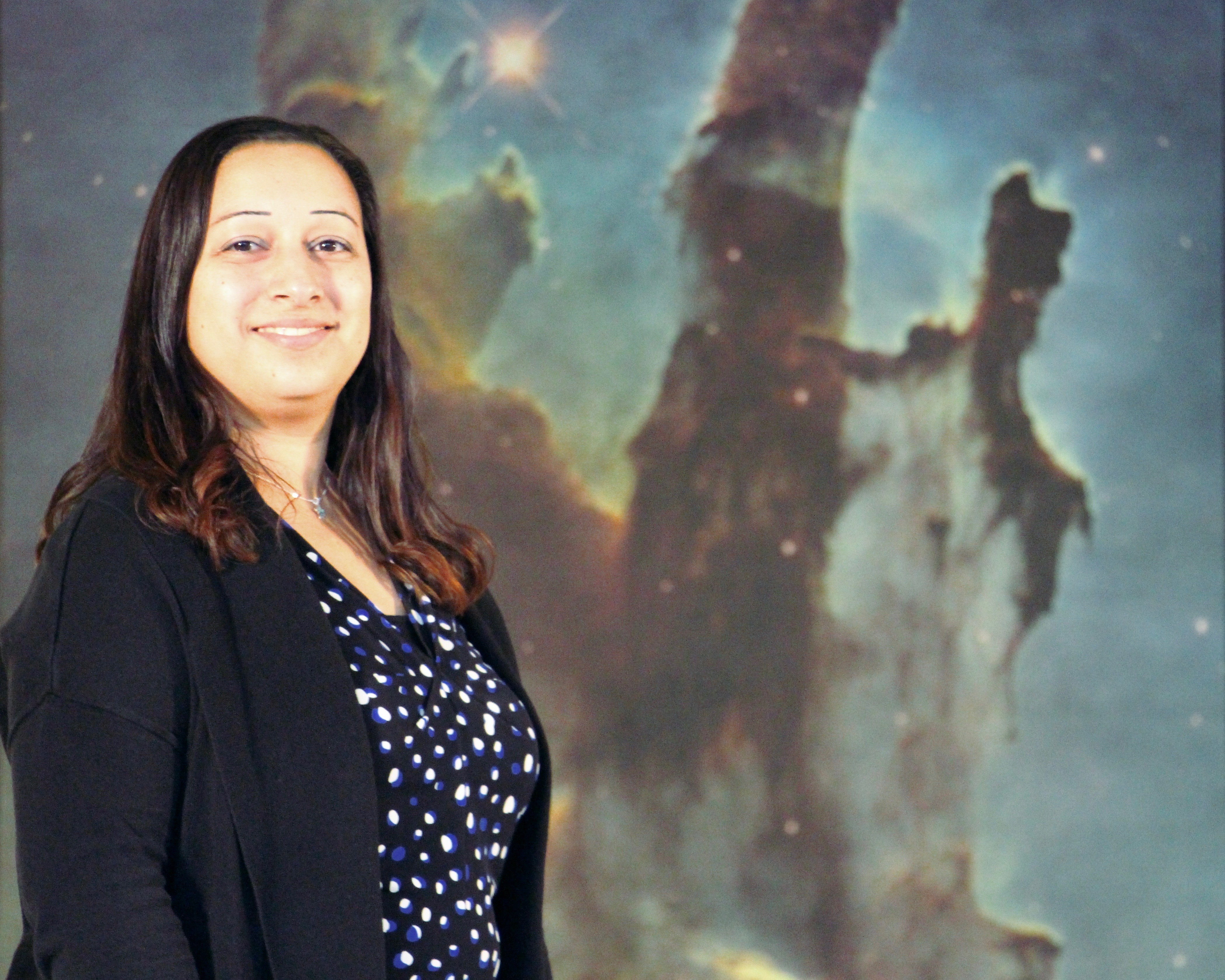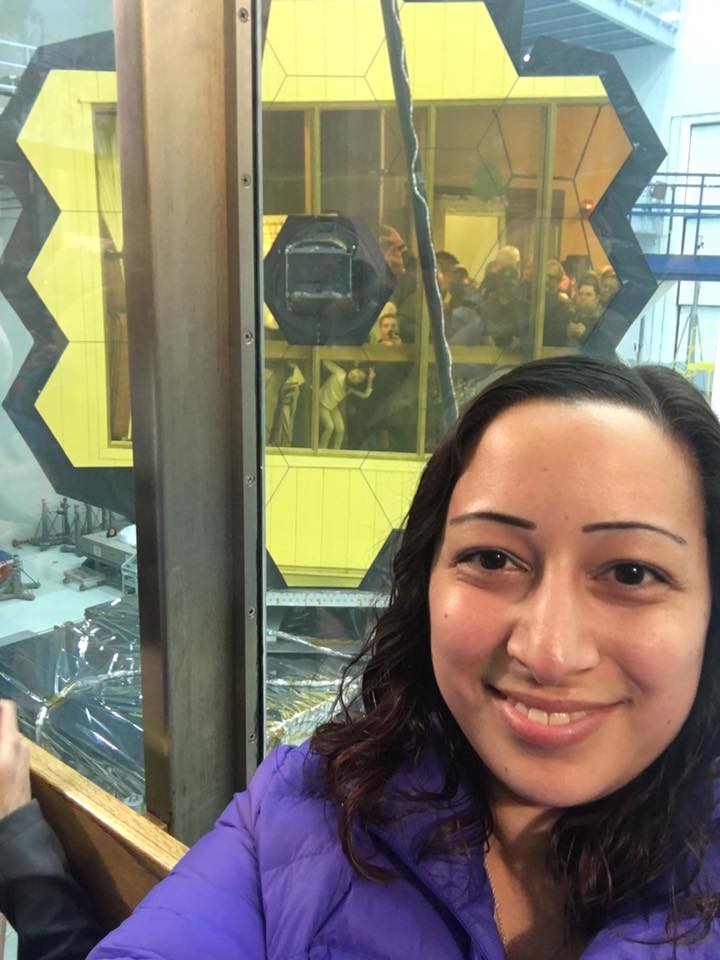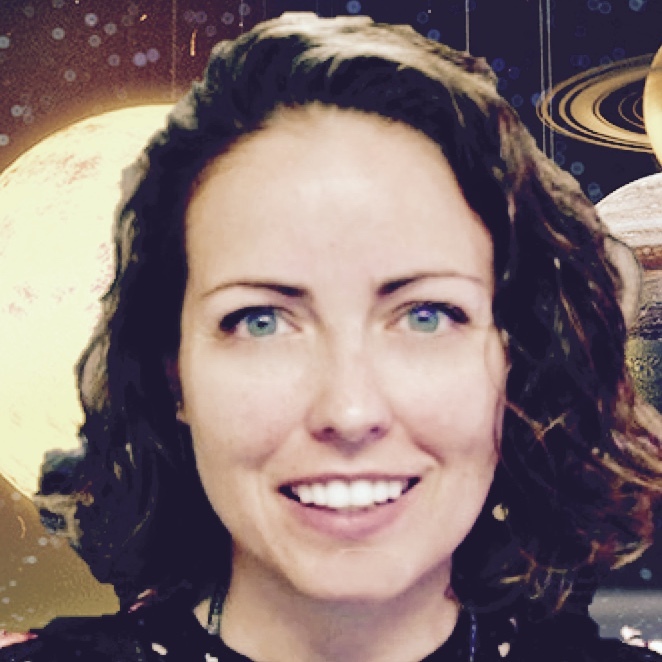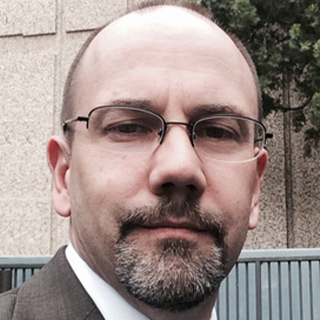People
Knicole Colon
Astrophysicist
NASA's Goddard Space Flight Center

Education
What first sparked your interest in space and science?
My first memories of astronomy go back to when I was a kid, and my dad used to share his own excitement for meteor showers with the family. I remember getting woken up late at night (or staying up late in the first place!) and going outside to watch meteor showers. I also was inspired by science fiction movies when I was younger, particularly “Independence Day” and “Contact.” I became so intrigued by the idea of finding and communicating with alien life that my dad bought me science books about the search for extraterrestrial intelligence. I knew then, around the age of 12, that I wanted to be an astronomer when I grew up.
How did you end up working in the space program?
I came into my job at NASA via networking. I was at a NASA event for the Kepler mission and ended up talking to someone who worked at NASA Headquarters. I told him that I was really enjoying the event, and he told me there was an opportunity to work on the Kepler mission. That immediately caught my interest, and I ended up applying and getting the job. That job took me to NASA's Ames Research Center in California. After a couple years there working on the Kepler mission, I moved over to NASA's Goddard Space Flight Center to work on other missions, including the Hubble Space Telescope and TESS, the Transiting Exoplanet Survey Satellite.

Tell us about your job. What do you do?
There are two major branches of my job – research and mission work. My research involves the discovery and characterization of transiting extrasolar planets or exoplanets. These are planets that orbit around other stars. Transiting planetary systems are aligned in such a way that we can see the exoplanets pass in front of their star from our point of view. That means we can measure the radius of the exoplanet. I specifically measure the radius of exoplanets at multiple wavelengths of light, which allows me to study detailed properties like the composition and dynamics of exoplanet atmospheres. For mission work, I work on projects that include the Hubble Space Telescope and TESS. This mission work involves a variety of tasks, from public outreach for the missions, attending conferences and other events to promote the missions' capabilities, helping other astronomers use data from the missions, developing documentation to describe the missions, establishing budgets for the missions, and more!
What's one piece of advice you would give to others interested in a similar career?
If you have a passion for anything, whether it's astronomy or some other subject, never give up that passion. Do not be shy about reaching out to people who share your passion (like working at NASA), because you never know what connections you will make and where they will lead.
What are some fun facts about yourself?
I love that my job takes me to some amazing places around the world. I was lucky to attend a summer research program as an undergraduate at Arecibo Observatory in Puerto Rico, an observatory that was featured in the movie “Contact” (one of the things that was a major inspiration to me to pursue astronomy in the first place!). Not only did I get to spend the summer working on data from Arecibo, but I also stayed in the very same "cabin" that was actually shown in the movie! Just a few months after that, I was able to visit another observatory featured in Contact – the Very Large Array in New Mexico. Later on, after I started working at NASA, I was humbled to meet Jill Tarter from the SETI Institute in person, who was the inspiration for the main character in “Contact.” I am so humbled by these opportunities that allowed me to literally live out my dream that first began after I saw the movie for the first time at the age of 12.
What is your favorite space image and why?
I have entirely way too many favorite space images, but one of my recent favorites is this image of Jupiter from the Juno mission:
I study exoplanets that are so far away it's difficult to imagine what they truly look like, so I find it absolutely fascinating to see just how beautiful and complex our own solar system planets are and what that means for what exoplanets might look like.




